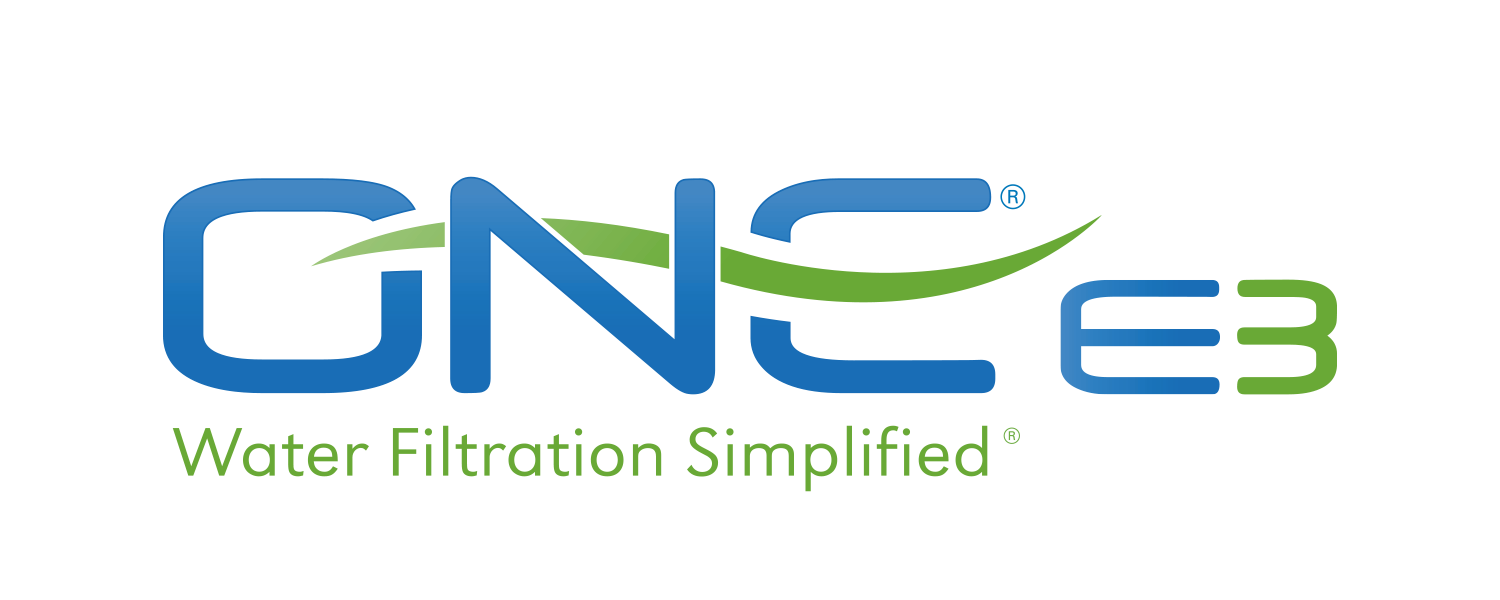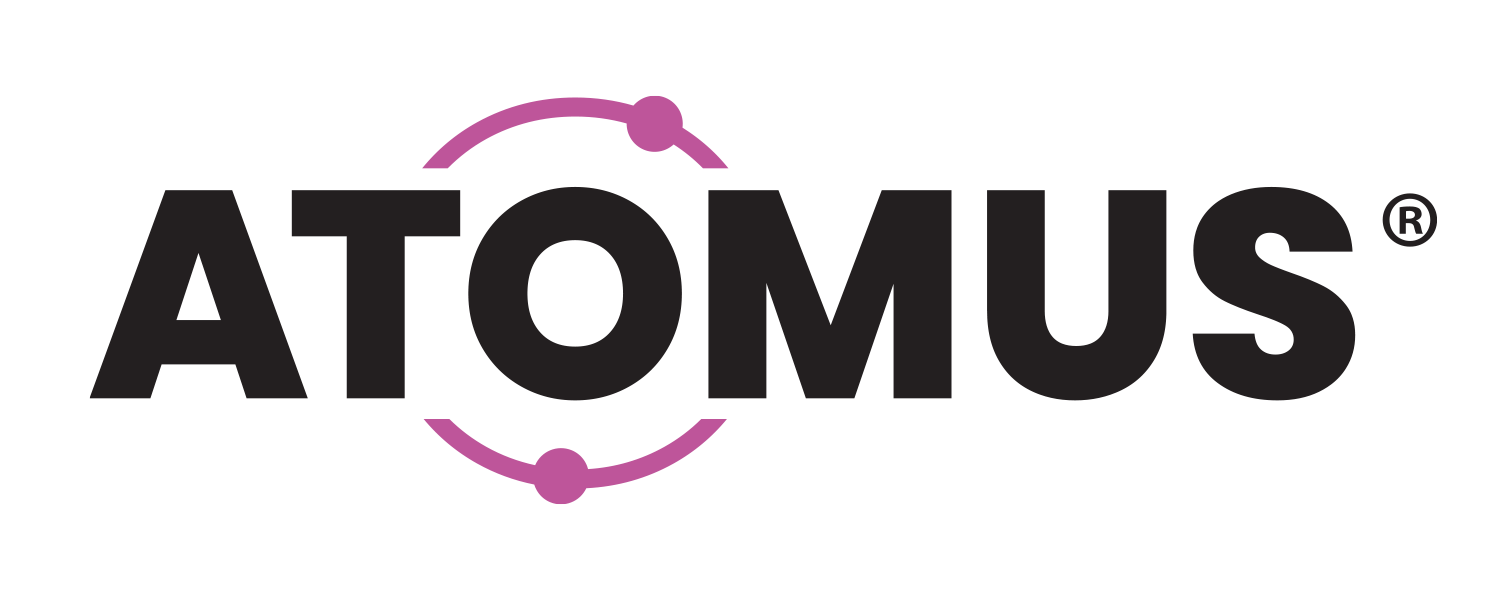People have known for decades that exposure to lead is a health risk, especially for children. Which is why there’s been a concentrated effort to ban lead paint since the 1970s. But lead exposure can occur through drinking water too.
According to the Environmental Protection Agency (EPA):
“Lead can enter drinking water when service pipes that contain lead corrode, especially where the water has high acidity or low mineral content that corrodes pipes and fixtures. The most common problem is with brass or chrome-plated brass faucets and fixtures with lead solder, from which significant amounts of lead can enter into the water, especially hot water.”
With Flint, Michigan, in the news because water that wasn’t properly treated caused lead to seep from old service lines, awareness has been raised the dangers of lead in household drinking water. People in communities across the nation have begun to question the safety and quality of their drinking water—and take action to reduce or eliminate the potential for lead exposure.
Here are a few recent news stories related to this topic:
- Michigan Governor Seeks Tougher Lead Limit for State, Nation
- After Newark and Flint — Mandating Clean Water for All School Kids
- Keeping Local Water Free from Lead
One of the best ways to ensure the safety of your drinking water is through the use of a home water filtration system certified to remove lead. If you’re worried your water may contain lead, you can also have it tested by a professional. View more tips on minimizing lead exposure in this article.


